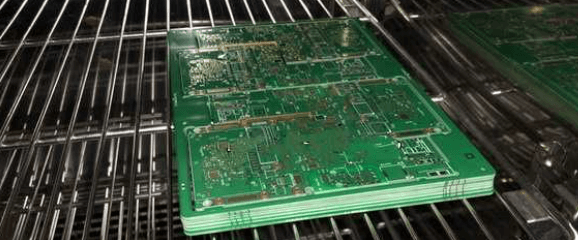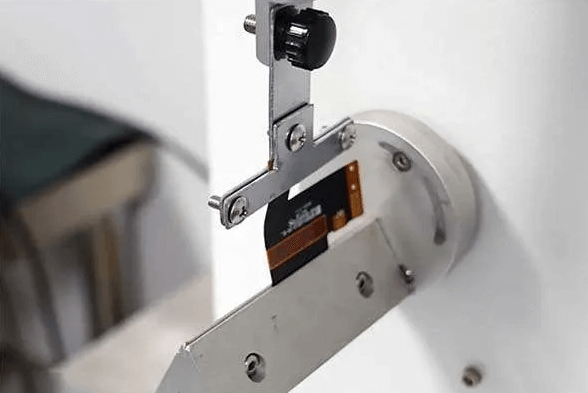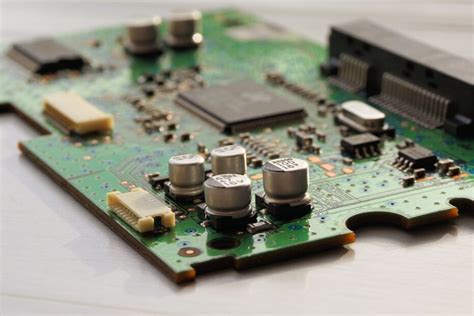Beyond Price:Hidden Cost Traps in PCB procurement
Printed circuit board(PCB)procurement is a crucial step in electronic product development and manufacturing,Faced with fierce market competition,many procurement personnel and engineers automatically prioritize” lowest unit price”as their primary decision-making criterion.However,this seemingly prudent choice often leads to project mired in costly problems.The true total cost of ownership(TCO)is far more than just the number on the bill of materials(BOM).Today,we’ll uncover the often-overlooked hidden cost traps in PCB procurement.
Trap1: Quality Cost-A cheap”Gift has a Hidden price
The most common cost of low-priced PCBs is compromised quality,This can lead to a series of chain reactions,resulting in significant hidden cost:
Yield loss:To lower prices suppliers may compromise on materials,processes,and quality control.This results in low-yield boards and insufficient first-pass yield(FPY),Not only do you have to pay for scrap,but you also have to invest additional labor in screening,repair,and restocking,significantly reducing production efficiency.
Reliability Risks:Some hidden dangers are difficult to detect before assembly such as tiny copper cracks in vias,lamination failure,and poor solder mask quality.These”ticking time bombs”can explode during product testing aging,or even after delivery to customers,leading to high after-sales repair and return costs.Even more devastating ,they can damage brand reputation.
Engineering Verification Costs:If the received boards fail to meet critical electrical specifications like characteristic impedance and dielectric constant amount of time debugging and searching for alternatives,significantly slowing project progress.
PIT 2: Communication and Time Costs-Inefficient communication is a hidden killer of project progress.
The costs of choosing a supplier with poor communication and slow response are reflected various aspects:
Communication Funnel Effect:Due to language barriers, technical misunderstandings,or time zone issues,a simple technical issue may require dozens of emails and multiple conference calls to clarify.This significantly waste the time of project members(engineers,procurement,and product managers).
Delivery Time Uncertainty:Low-cost suppliers often cannot provide accurate and reliable delivery dates.They may be processing a large number of orders simultaneously,leaving your project low on the priority list.An unexpected delivery delay could shut down the entire production line,resulting in significant downtime and material costs,and even missing the optimal launch window,causing immeasurable market losses.
Trap3:Service and Flexibility Costs-When”Standard process”Meet”Emergency Needs”Mature suppliers provide not only products but also services.Low-cost suppliers often lack this flexibility;
Lack of Engineering Support:When you encounter DFM(Design for manufacturability)issues,a good supplier will proactively offer design optimization suggestions to help you avoid production problems,Low-cost suppliers,on the other hand ,may simply”build to order”,producing the product with flaws intact,leaving the issues to be discovered and resolved later.
Ability to Respond to Urgent orders:When a sudden surge in orders or production disruptions require urgent additional orders,a strong supplier can quickly adjust its production line to provide support,Low-cost suppliers often lack this responsiveness,leaving you with the potential to pay expedite costs several times over,or even find no production capacity at all.
Standardization and Transparency: Regulated suppliers will provide detailed test reports and material traceability documentation.This is crucial when quality disputes arise or product certification is required.However,some suppliers may make material substitutions without prior notice,creating product risk.These cost can completely offset the price difference of the board itself.
Capital Tie-up Costs:Unstable quality and delivery times mean you need to hold higher safety stock to mitigate risk.This inevitably ties uo significant working capital and increases storage and management costs.

How to Avoid These pitfalls?Shifting from”price-based procurement”to”value-based procurement”
To avoid these hidden costs,procurement strategies must undergo a fundamental shift:
Total cost of Ownership(TCO);Establish an evaluation system that takes into account quality cost(yield,after-sales service),time costs(delivery time,communication),service costs(engineering support),and logistics costs,rather than simply comparing quotations.
Evaluate supplier thoroughly:Don’t just look at certificates;conduct on-site inspections or video audits of their factories,equipment,production processes and quality control systems Understand their core customers and reputation.
Emphasis on communication efficiency: Test suppliers’ responsiveness, technical understanding, and willingness to solve problems during the inquiry phase. An efficient communication channel can save significant subsequent costs.
Build partnerships, not buyer-seller relationships: Establish long-term, stable strategic partnerships with core suppliers. This will help you gain their support and understanding when you encounter difficulties, resulting in a win-win situation.
Pay attention to Design for Manufacturing (DFM) feedback: Carefully read and respect the DFM reports provided by suppliers. Their process suggestions can often directly help you improve product quality and reduce production costs.
Conclusion
In the PCB procurement game, the cheapest price often proves to be the most expensive. Hidden costs are like an iceberg; the unit price that floats on the surface is only the tip. Wise decision-makers will look beyond the myth of “low price” and gain insight into the total cost of the product’s entire lifecycle, choosing reliable partners who can provide the greatest value in terms of quality, delivery, service, and technical support. Remember, the premium paid for quality and reliability is far less than the cost of repairing a substandard product.







